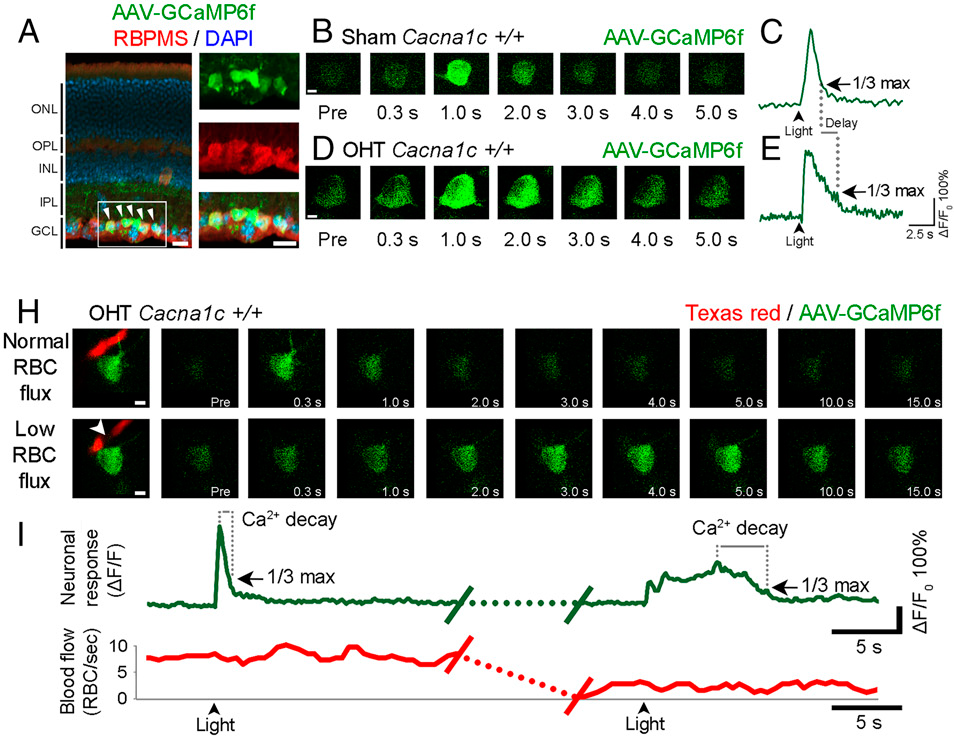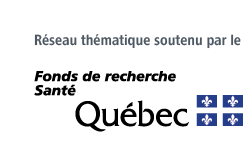Alarcon-Martinez, L., Shiga, Y., Villafranca-Baughman, D., Belforte, N., Quintero, H., Dotigny, F., Cueva Varga, J. L., Di Polo, A. (2022). "Pericyte dysfunction and loss of interpericyte tunneling nanotubes promote neurovascular deficits in glaucoma" PNAS, Vol. 119.
Abstract
Reduced blood flow and impaired neurovascular coupling are recognized features of glaucoma, the leading cause of irreversible blindness worldwide, but the mechanisms underlying these defects are unknown. Retinal pericytes regulate microcirculatory blood flow and coordinate neurovascular coupling through interpericyte tunneling nanotubes (IP-TNTs). Using two-photon microscope live imaging of the mouse retina, we found reduced capillary diameter and impaired blood flow at pericyte locations in eyes with high intraocular pressure, the most important risk factor to develop glaucoma. We show that IP-TNTs are structurally and functionally damaged by ocular hypertension, a response that disrupted light-evoked neurovascular coupling. Pericyte-specific inhibition of excessive Ca2+ influx rescued hemodynamic responses, protected IP-TNTs and neurovascular coupling, and enhanced retinal neuronal function as well as survival in glaucomatous retinas. Our study identifies pericytes and IP-TNTs as potential therapeutic targets to counter ocular pressure-related microvascular deficits, and provides preclinical proof of concept that strategies aimed to restore intrapericyte calcium homeostasis rescue autoregulatory blood flow and prevent neuronal dysfunction.

Press Release

Interview for the udmnouvelles (Université de Montréal) – Glaucoma: seeing the light at the end of the (nano) tunnel


